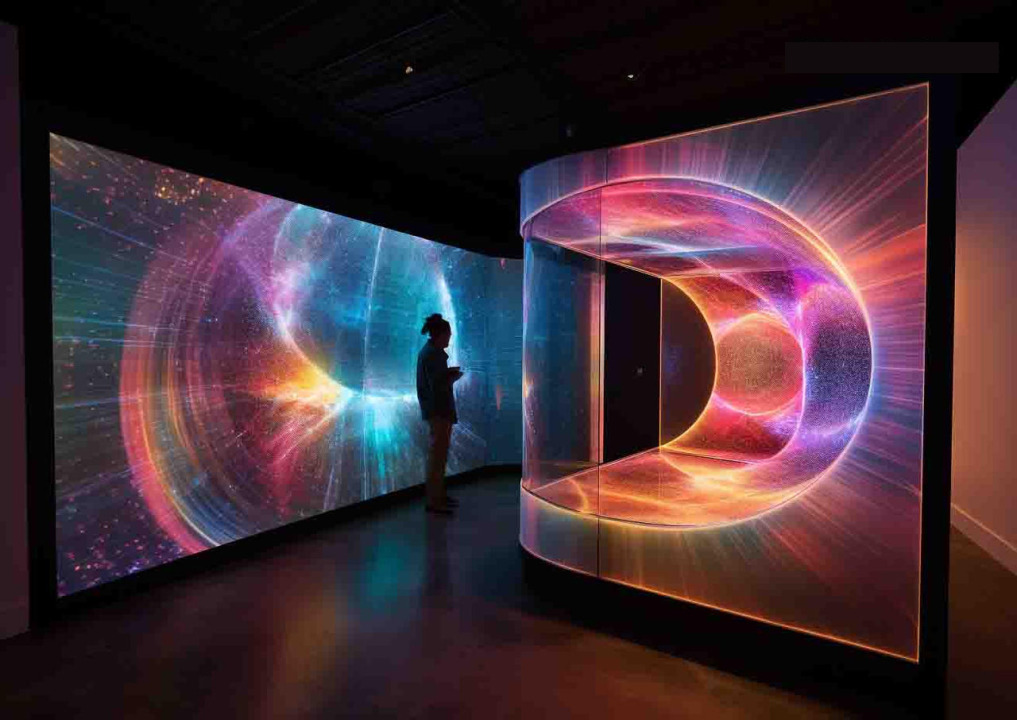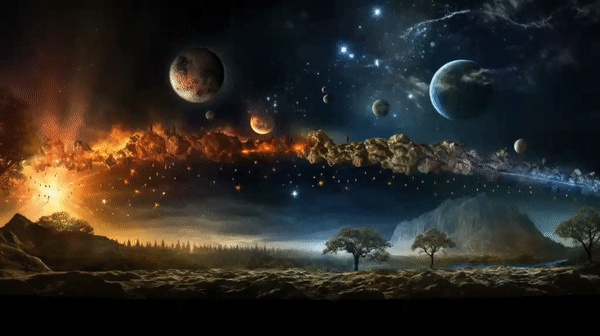Gravity’s Role in the Cosmic Symphony
When we talk about the universe, we cannot avoid mentioning “Gravity” – one of the fundamental principles that determine the existence and development of everything in the universe. “Beyond Gravity: Unlocking the Secrets of the Universe’s Irresistible Laws” is a captivating topic through which we can delve deeper into the significance and mysteries behind the force of gravity.

When Isaac Newton presented his Law of Universal Gravitation, he opened the door to understanding the interaction between objects in space. From keeping us grounded on Earth to navigating through celestial coordinates, gravity plays a vital role in explaining phenomena both grand and minute within the universe.
However, “Gravity” is just a fraction of the story. We have begun to realize that the universe holds more than meets the eye. There are “laws” that remain invisible but exert powerful influence on the workings of the universe. With the advancement of science and technology, we are entering a new era – unlocking the secrets and laws of space and time.
In this essay, we will delve into the role of gravity in the universe, from its fundamental principles to the latest discoveries in physics and astronomy. We will also explore these unseen “laws” and their contributions to the universe’s development. Let’s together explore the marvels beyond the force of gravity.
Lenses of Discovery: Gravitational Lensing and Beyond
As we gaze at the night sky, we behold stars and planets emitting their radiant light, creating a breathtaking tableau. However, the truth is that we only glimpse a fraction of what the universe truly harbors.
One of the recent significant breakthroughs in astronomy is the phenomenon of “gravitational lensing” – the bending of light as it passes through regions of strong gravity. This has opened a new window to observe distant and enigmatic objects that we cannot directly perceive. Through gravitational lensing, we can uncover the universe’s structure and even the imperceptible elements of it.
Yet “Beyond Gravity” doesn’t halt at gravitational lensing. We witness other groundbreaking discoveries, like the confirmation of gravitational waves – a part of Albert Einstein’s theory – through crucial experiments. These innovations pave new pathways to explore the interaction between space, time, and matter.
In this essay, we will explore gravitational lensing, gravitational waves, and other groundbreaking discoveries that “Beyond Gravity” brings to humanity. We will delve into the fundamental principles and practical applications of these breakthroughs in understanding the vast universe and the fabric of spacetime.

The Dance of the Celestial Bodies: Gravity’s Masterpiece
Looking at the night sky, we see a universe adorned with celestial wonders – from radiant stars to silent planets and moons gracefully orbiting. Behind this apparent tranquility lies a universe engaged in a magnificent symphony of mechanisms and laws.
Gravity serves as the choreographer of this cosmic ballet. From keeping planets in orbit around their stars to forming binary star systems, gravity has orchestrated a grand concert of planets, stars, and other celestial bodies. Each entity takes part in a high-speed dance, following distinct orbits under the influence of gravity.
However, “Beyond Gravity” isn’t confined to gravitational forces alone. We also witness other contributors such as pressure opposition, electromagnetic interactions, and even mysterious elements yet to be fully understood. This term invites us to expand our understanding of these factors and how they shape the universe’s development and existence.
In this essay, we will unravel the grand cosmic ballet choreographed by the force of gravity. We will explore the mechanisms behind binary star systems, the interactions between planets and stars, and the roles of other factors in maintaining equilibrium and diversity in the universe.
The Quest for a Unified Theory: Beyond Gravity’s Borders
But is “Gravity” all that the universe holds within? Have we truly grasped the full extent of the interactions of space, time, and matter? These are questions that scientists are still researching and seeking answers to.
Another facet of “Beyond Gravity” is the pursuit of a unified theory that combines all forces and interactions in the universe into a more comprehensive image. Standard theories describe fundamental forces like electromagnetism, strong interaction, weak interaction, and gravity, but merging them into a coherent system remains a significant challenge.
Modern theories such as String Theory and Quantum Loop Gravity are attempting to transcend the boundaries of gravity, offering fresh perspectives on how the universe operates. They open doors to deeper understanding of unexplored aspects and hidden relationships behind the façade.
In this essay, we embark on a journey beyond the borders of “Gravity” in search of unity in all things. We will explore contemporary theories and how they may reshape our perception of the universe and its workings.
